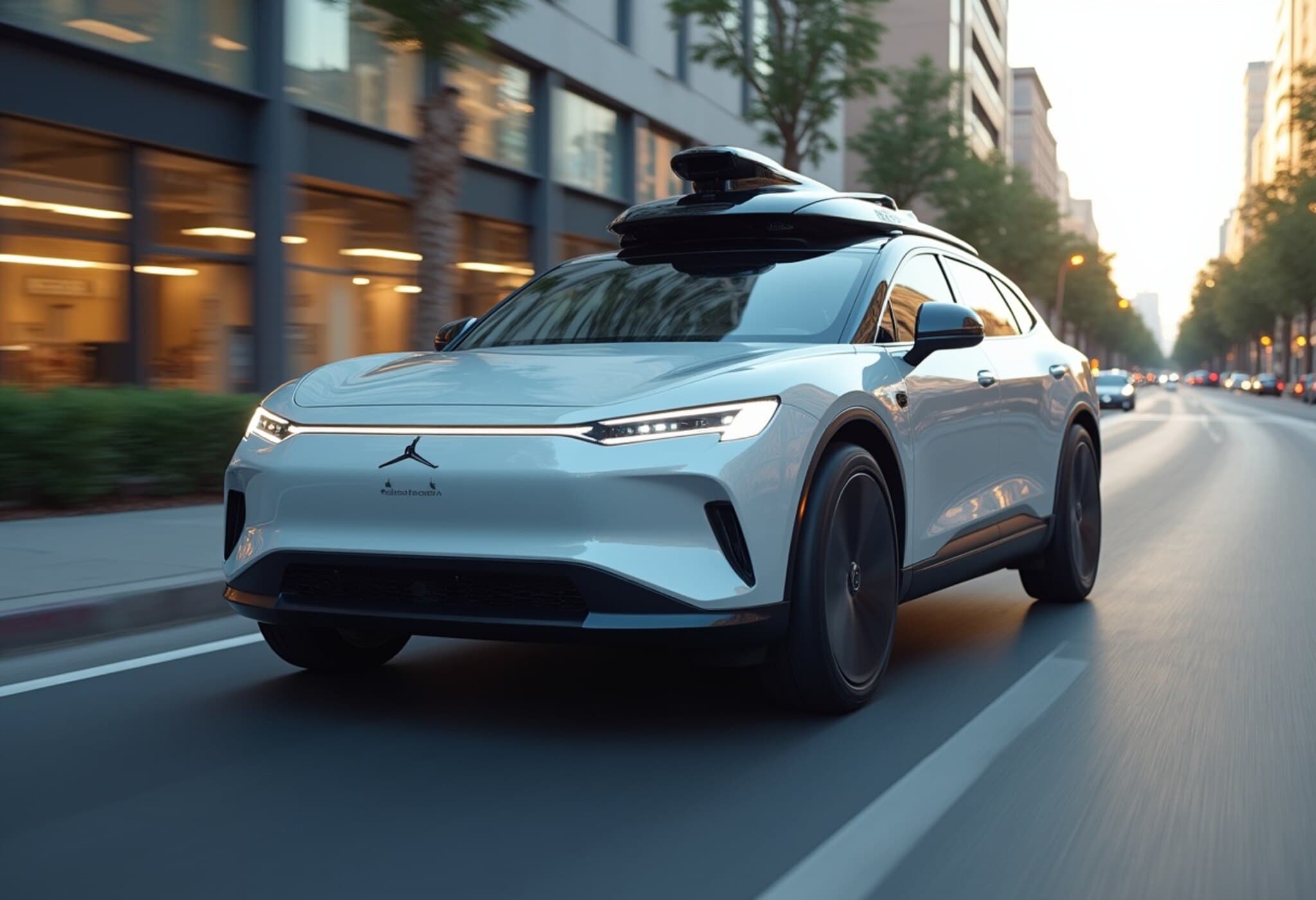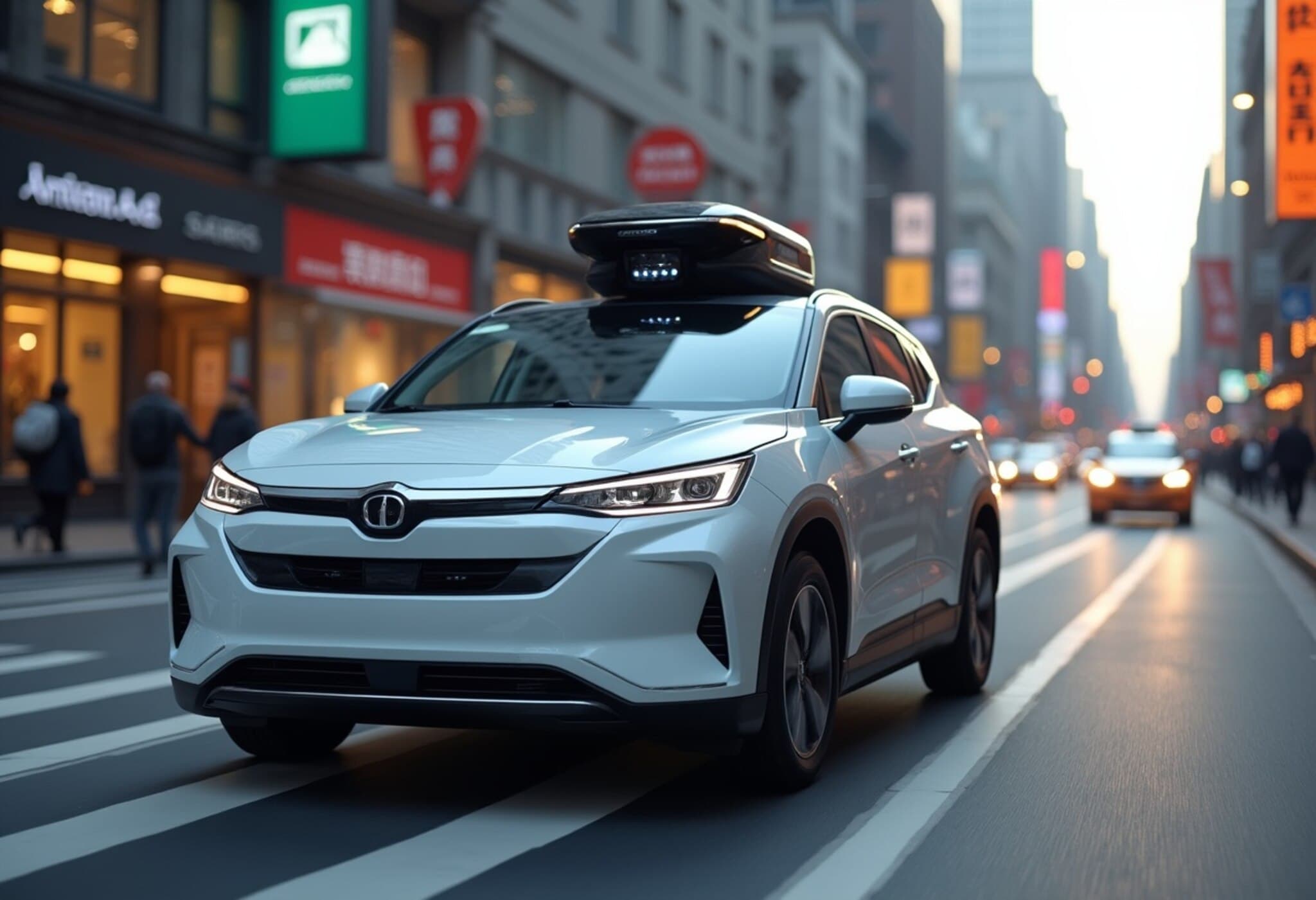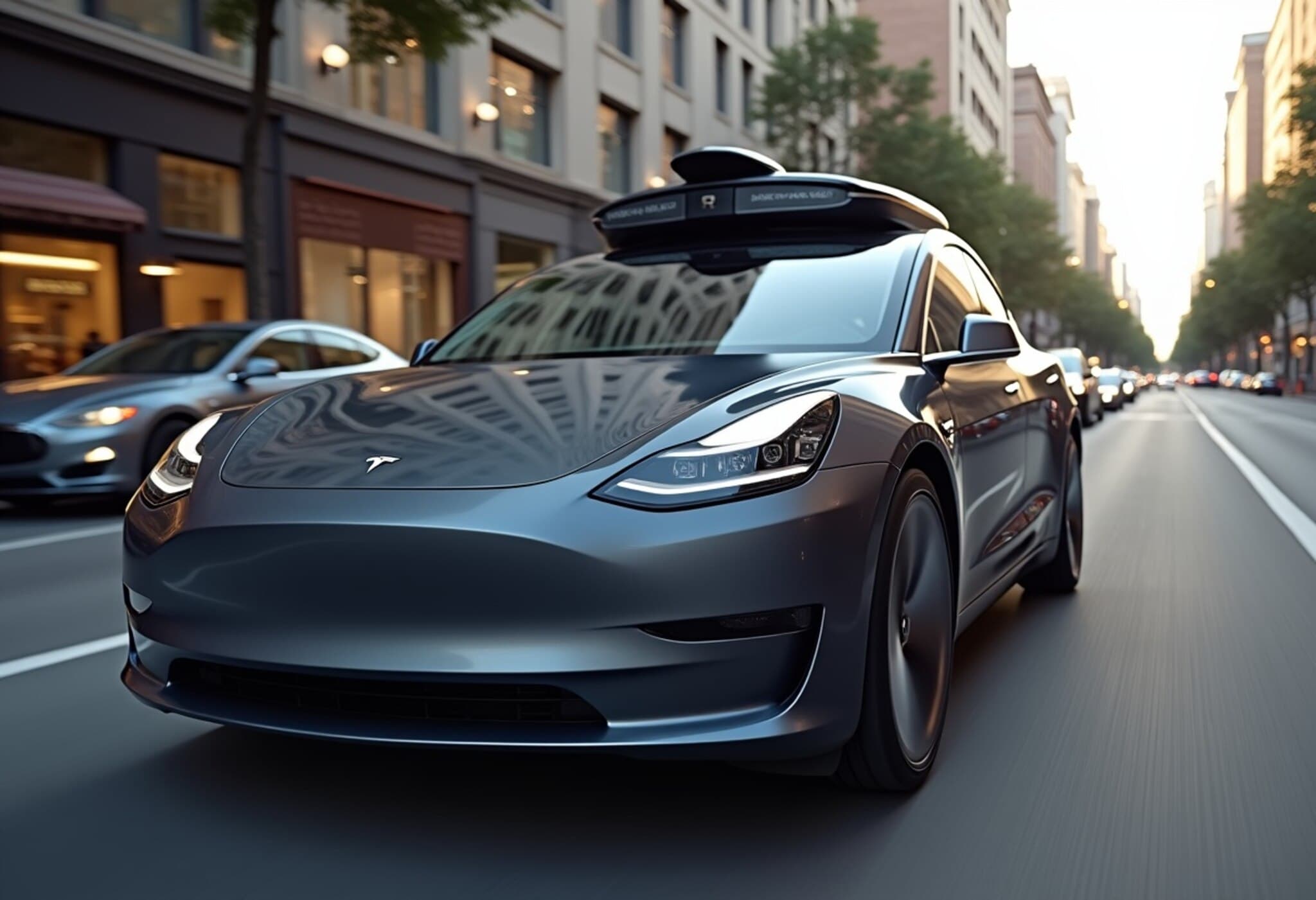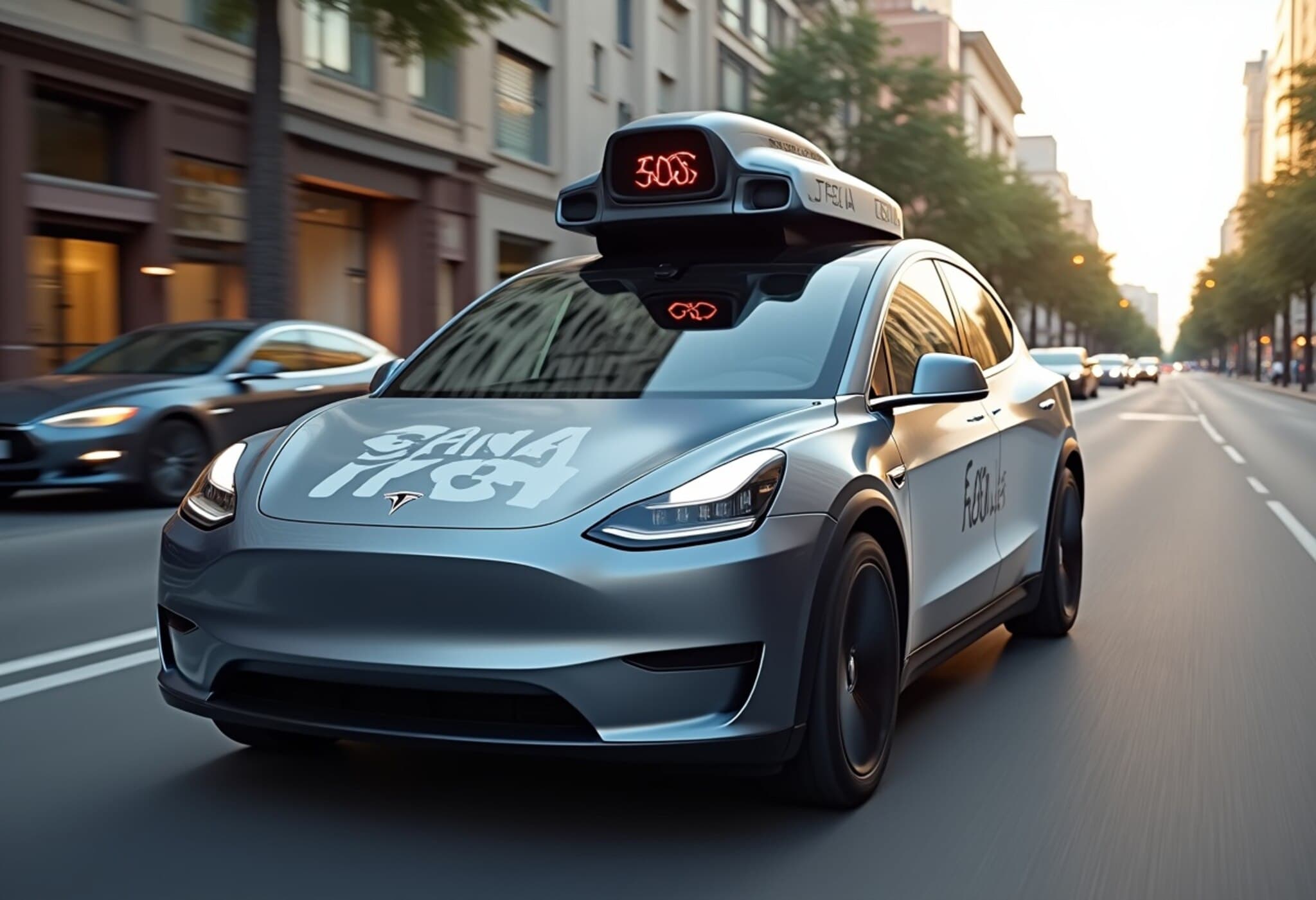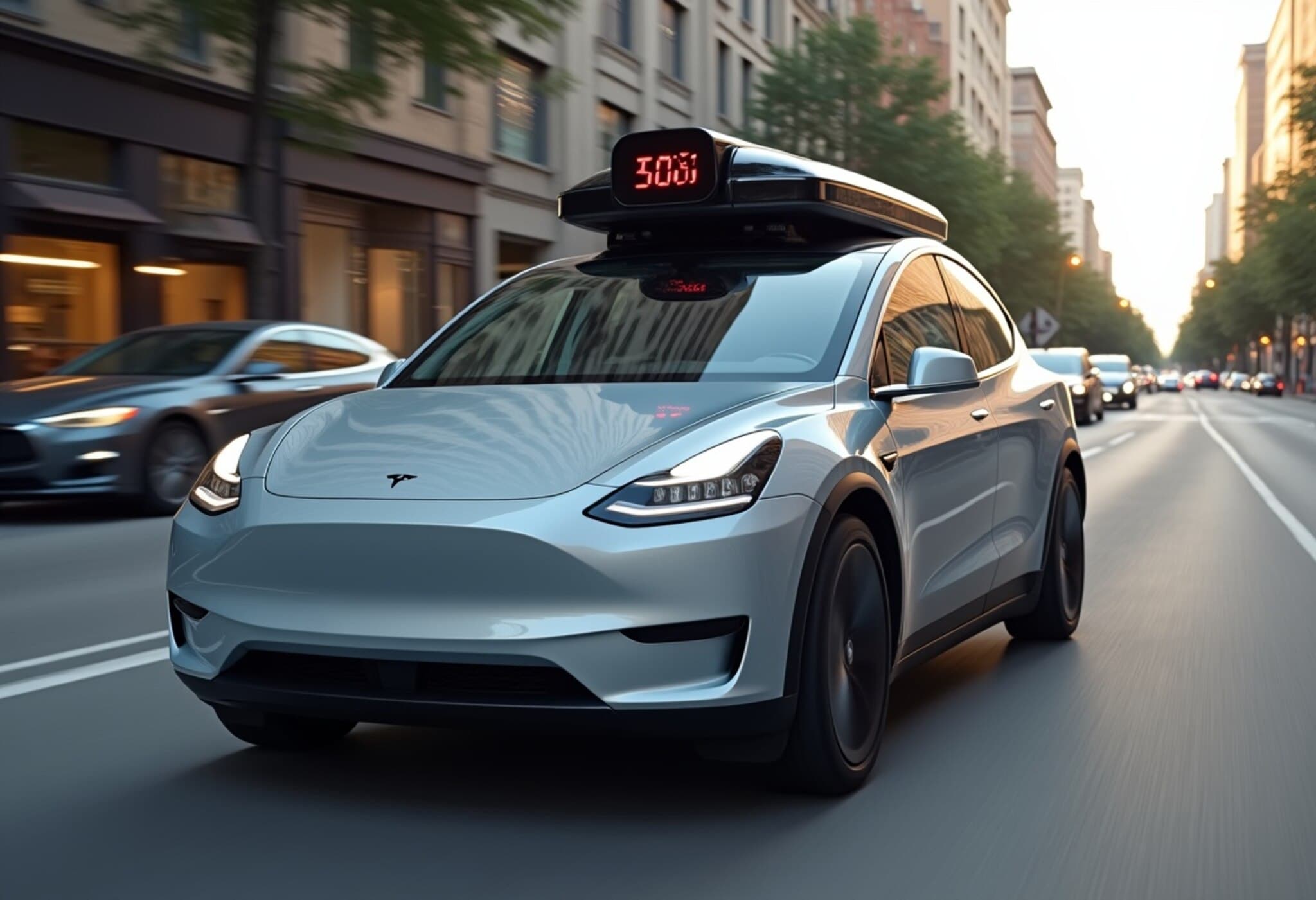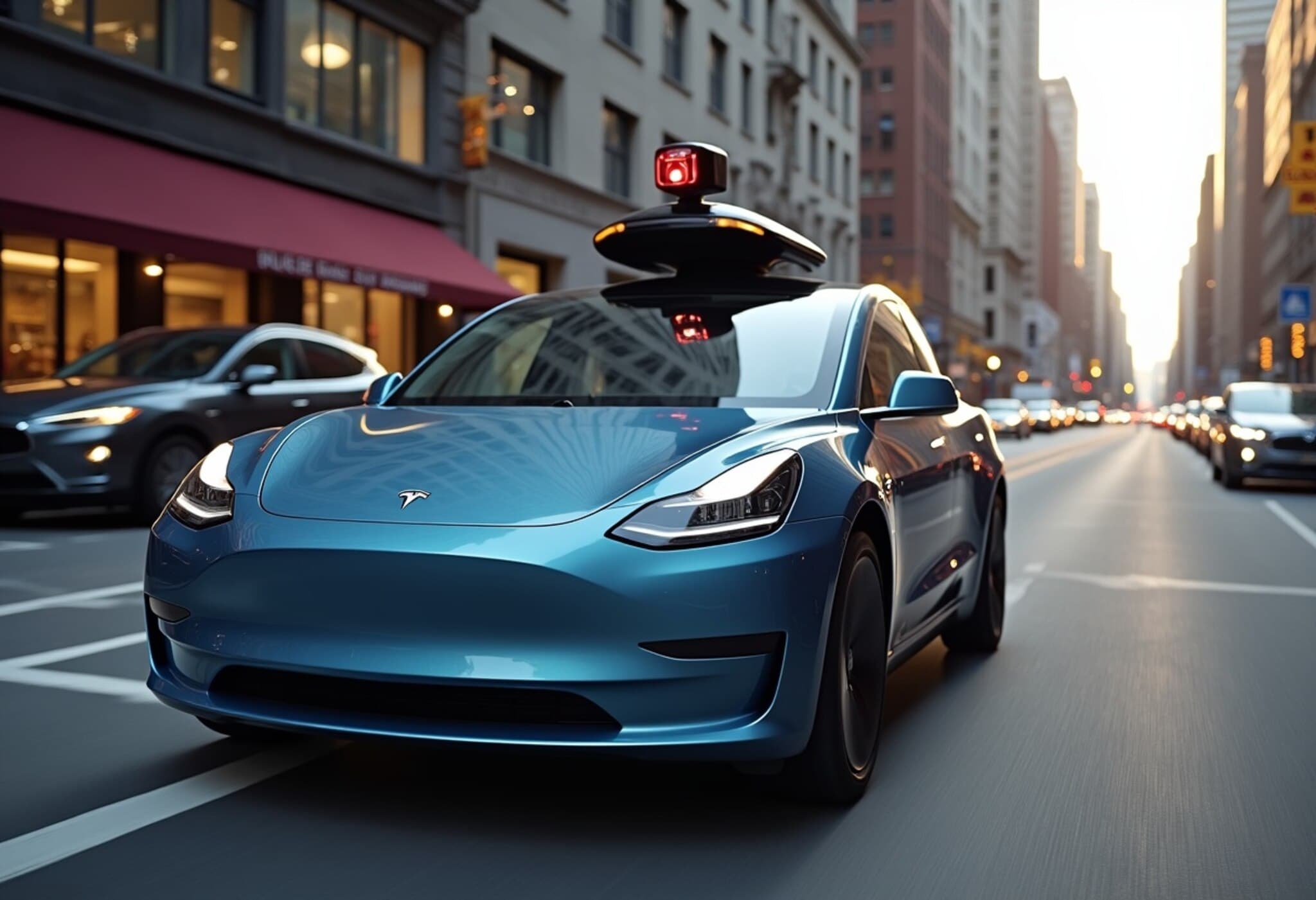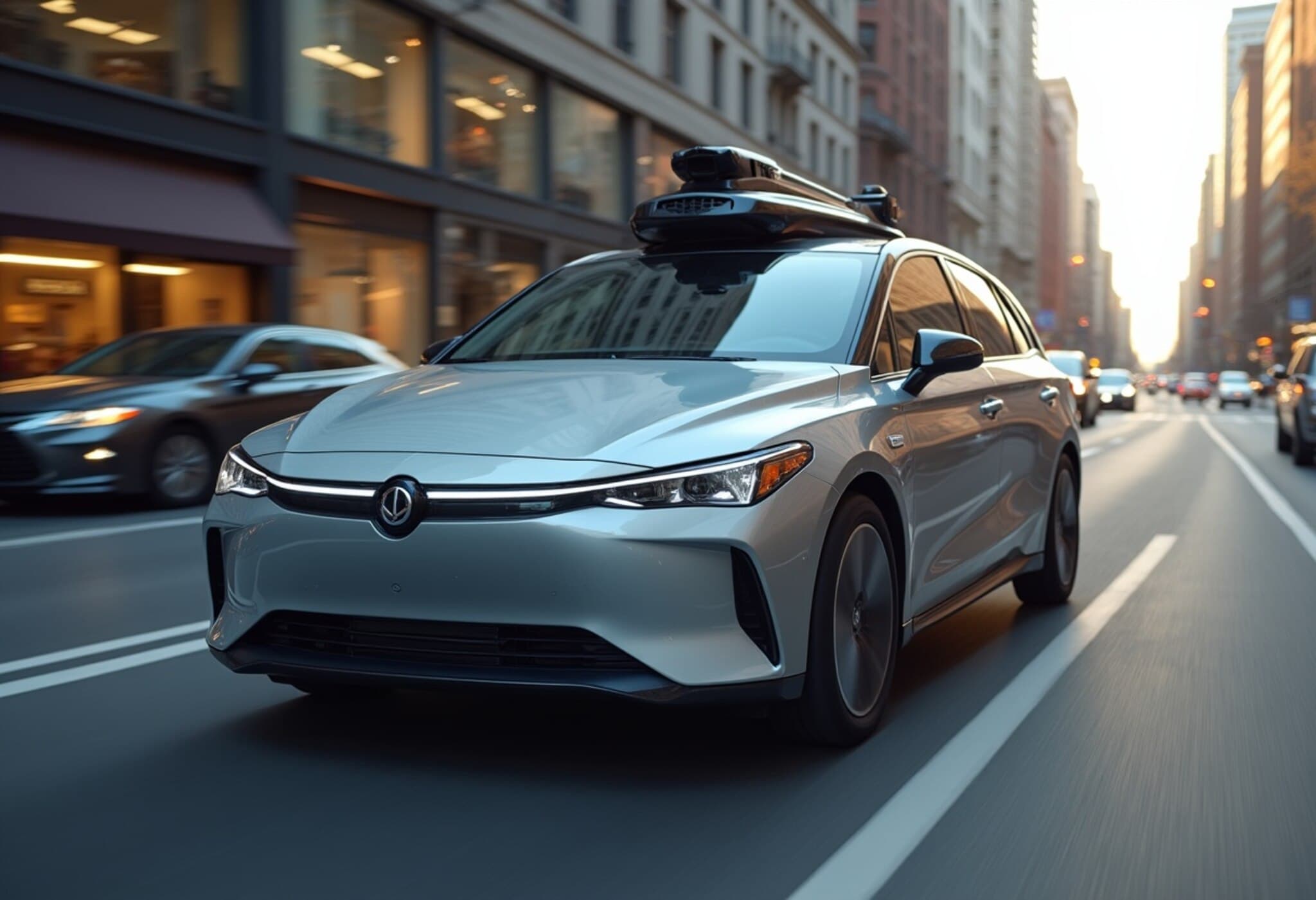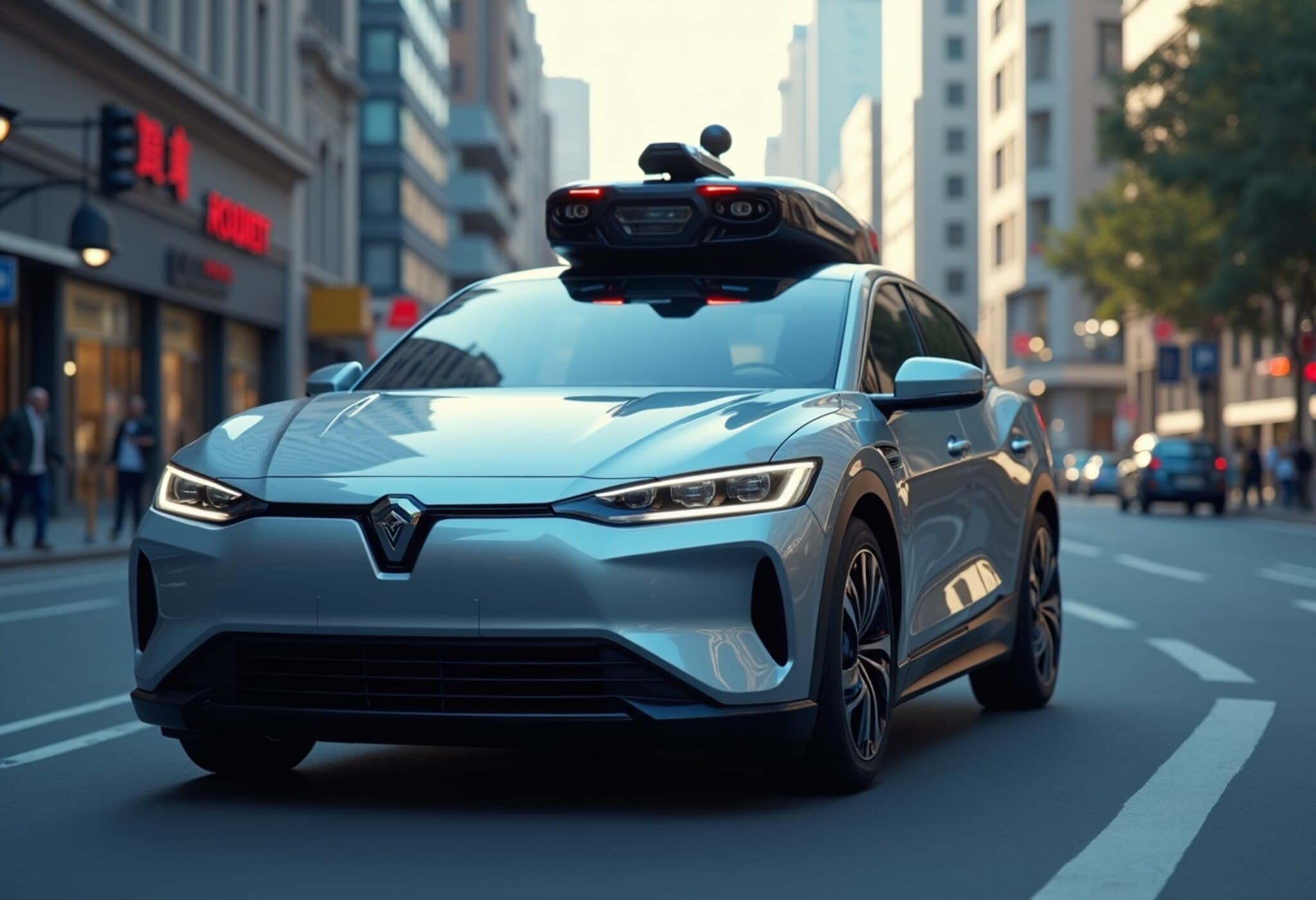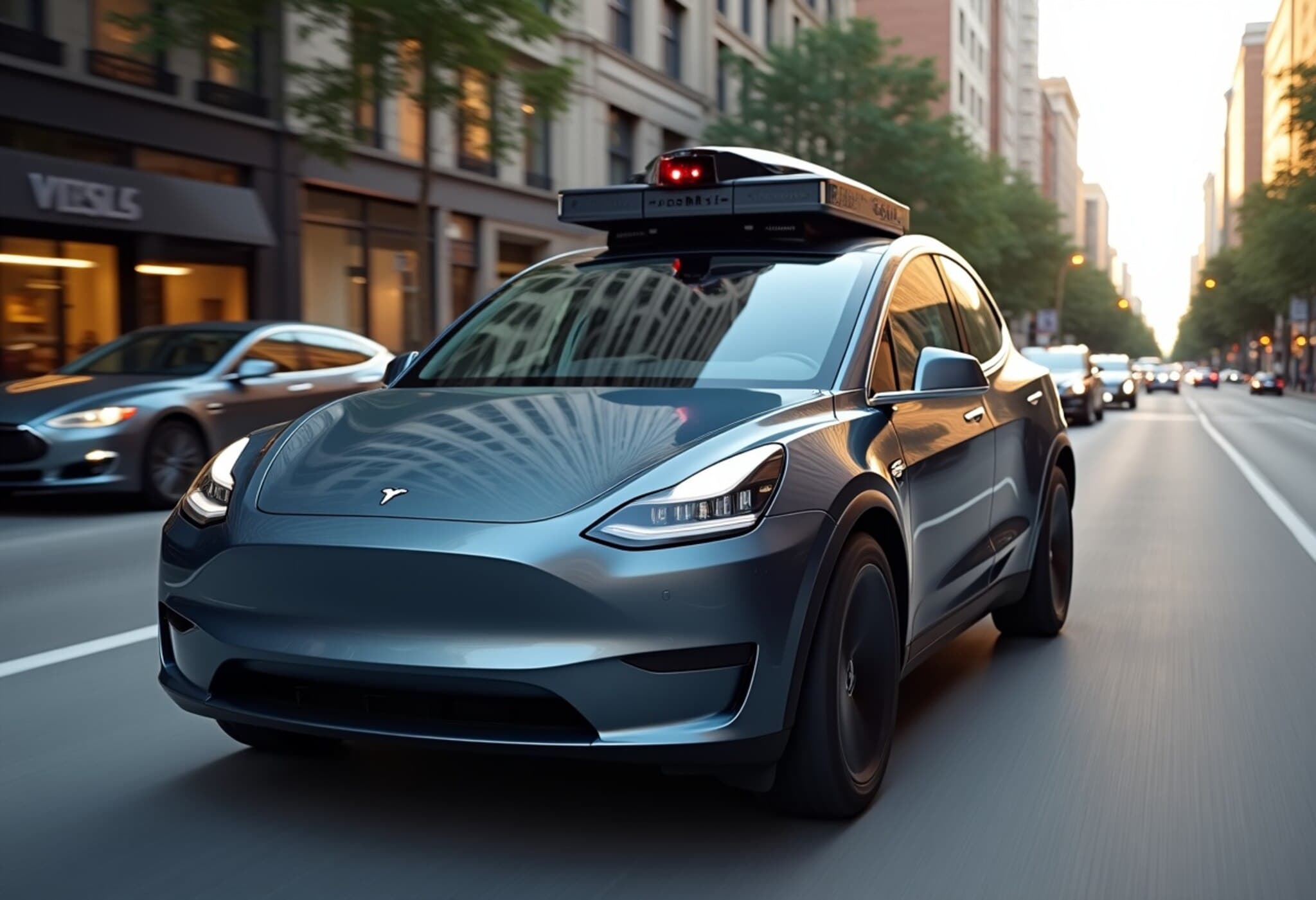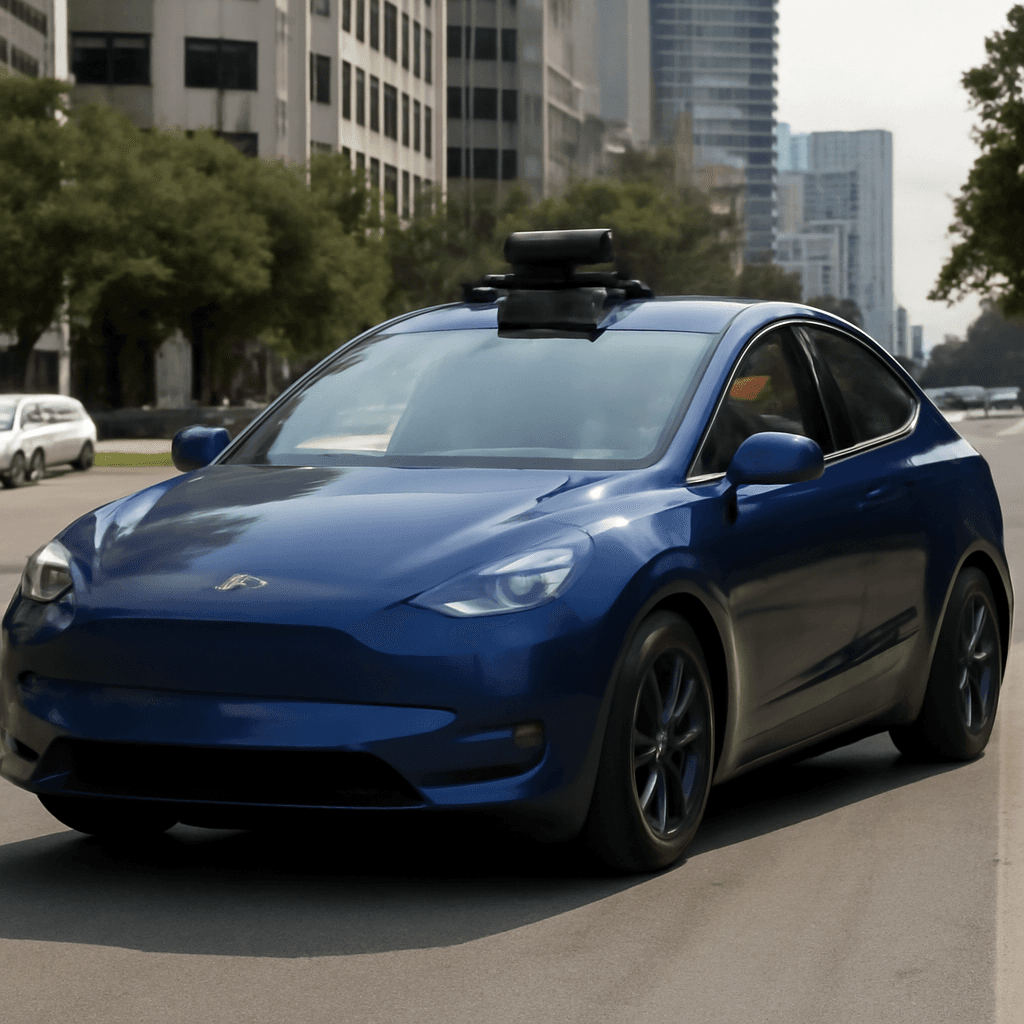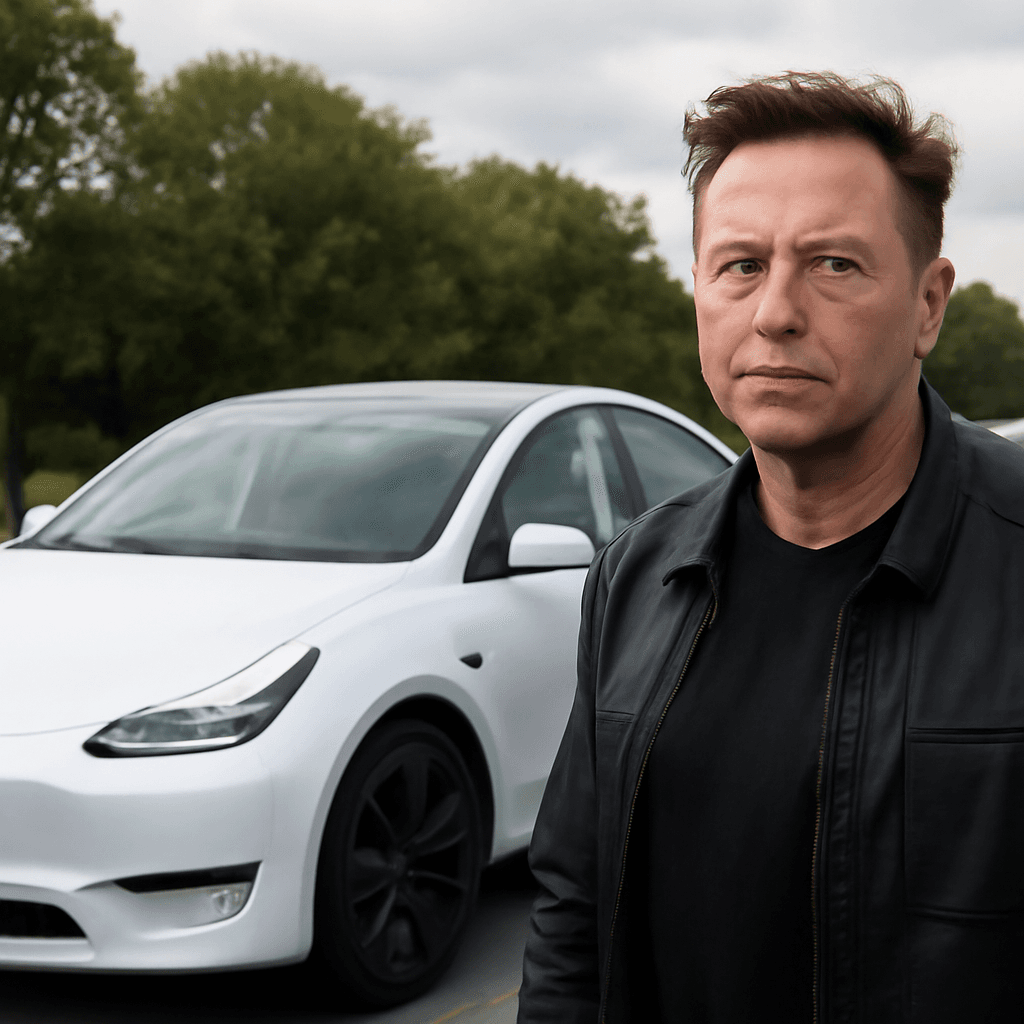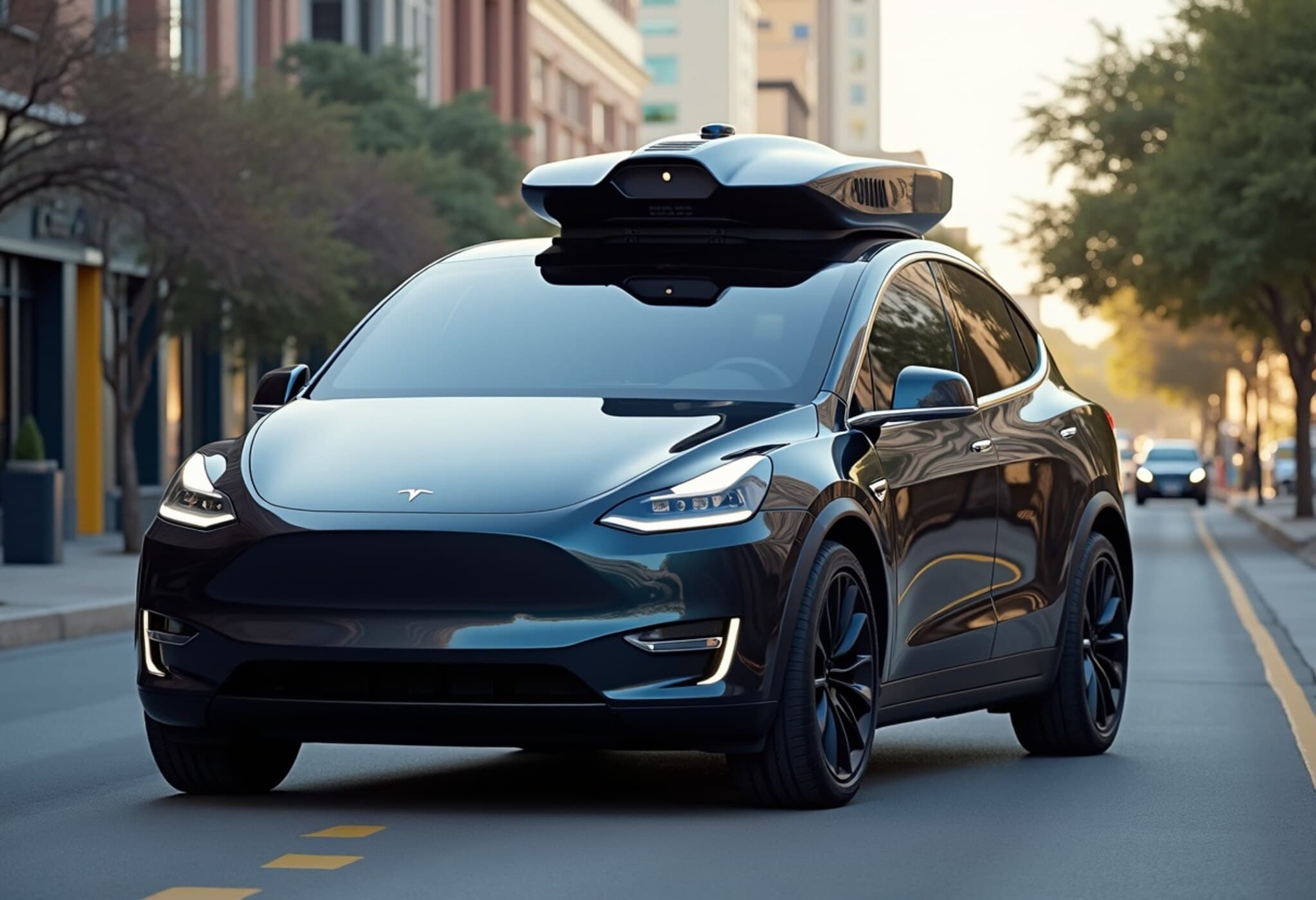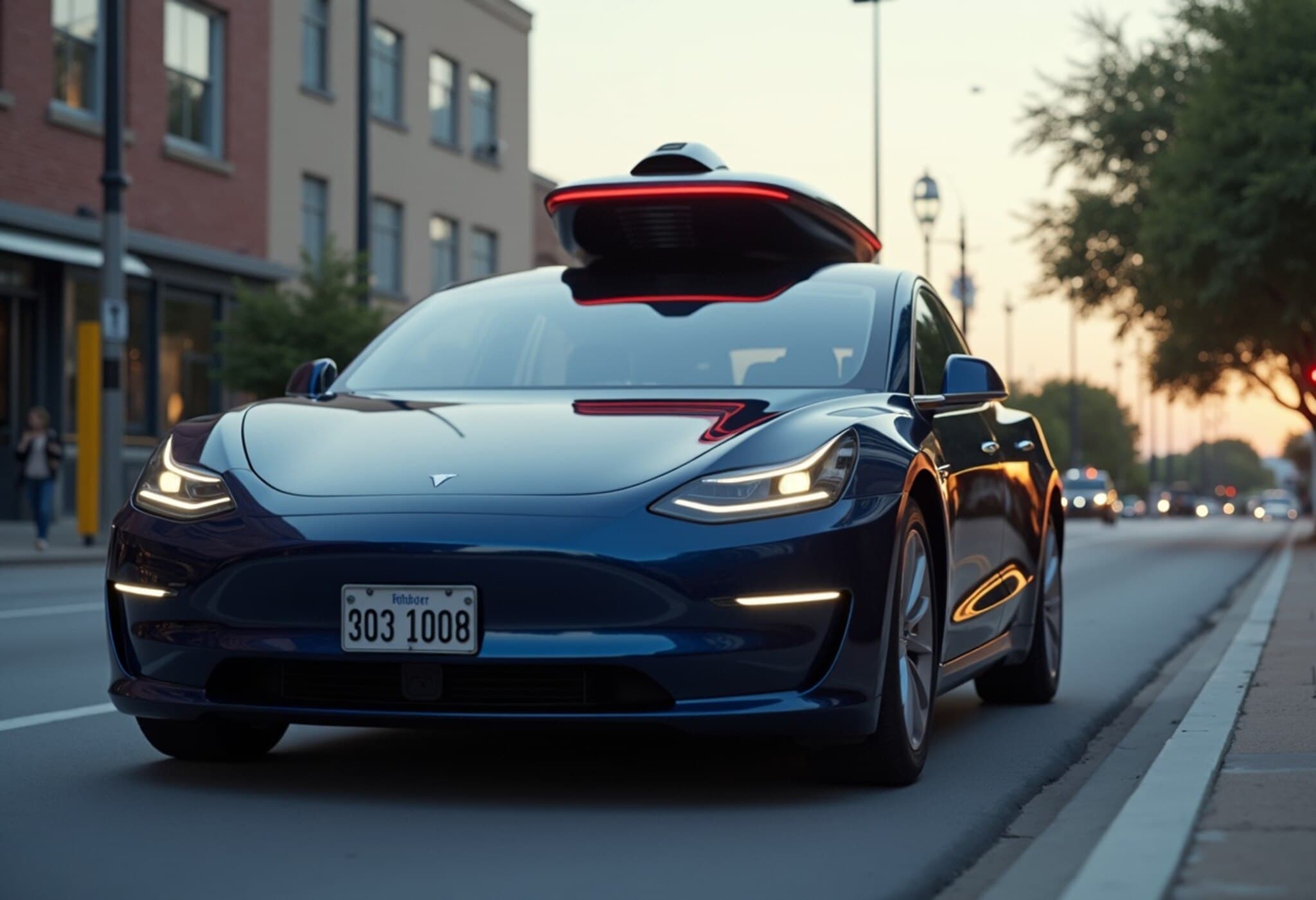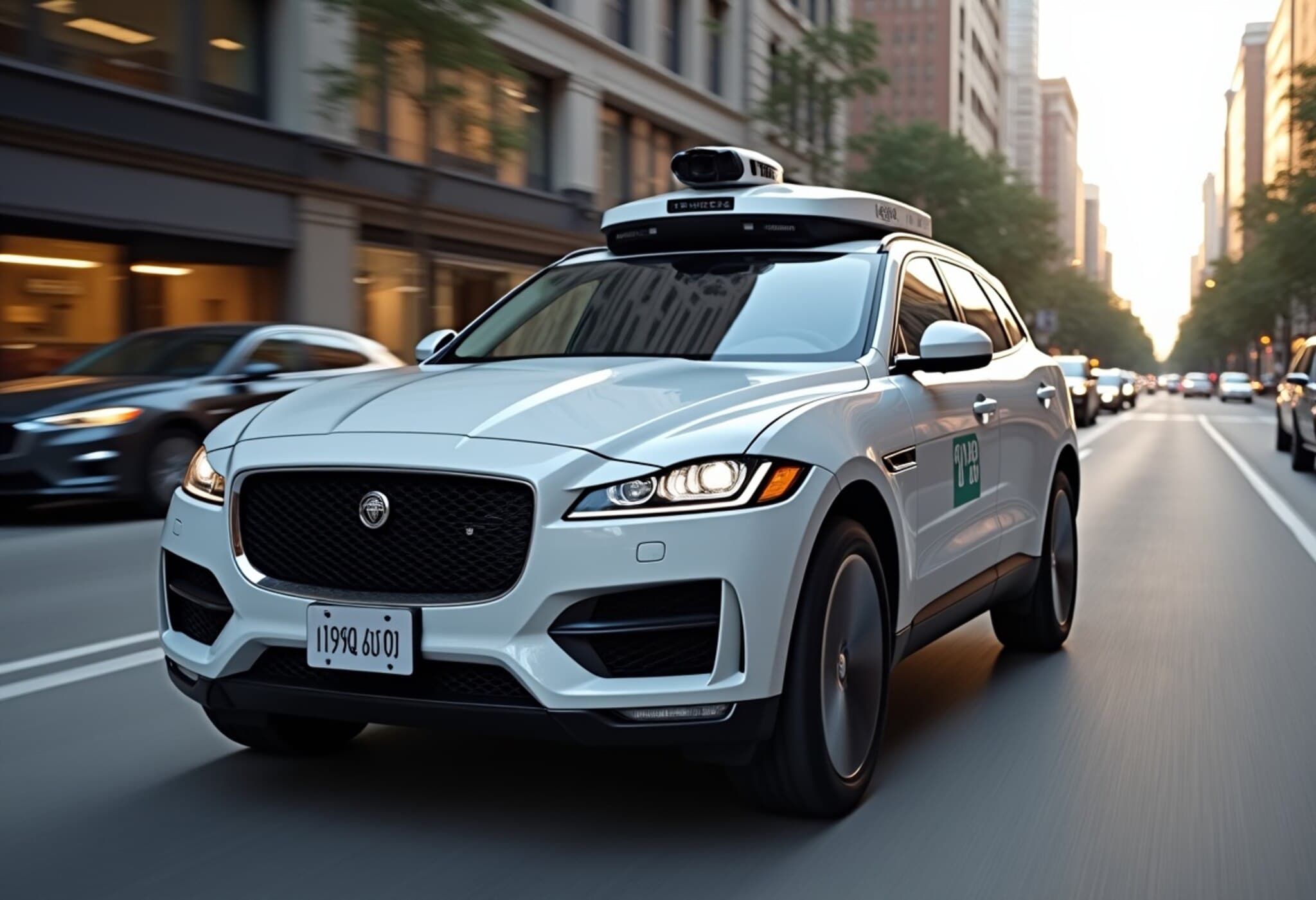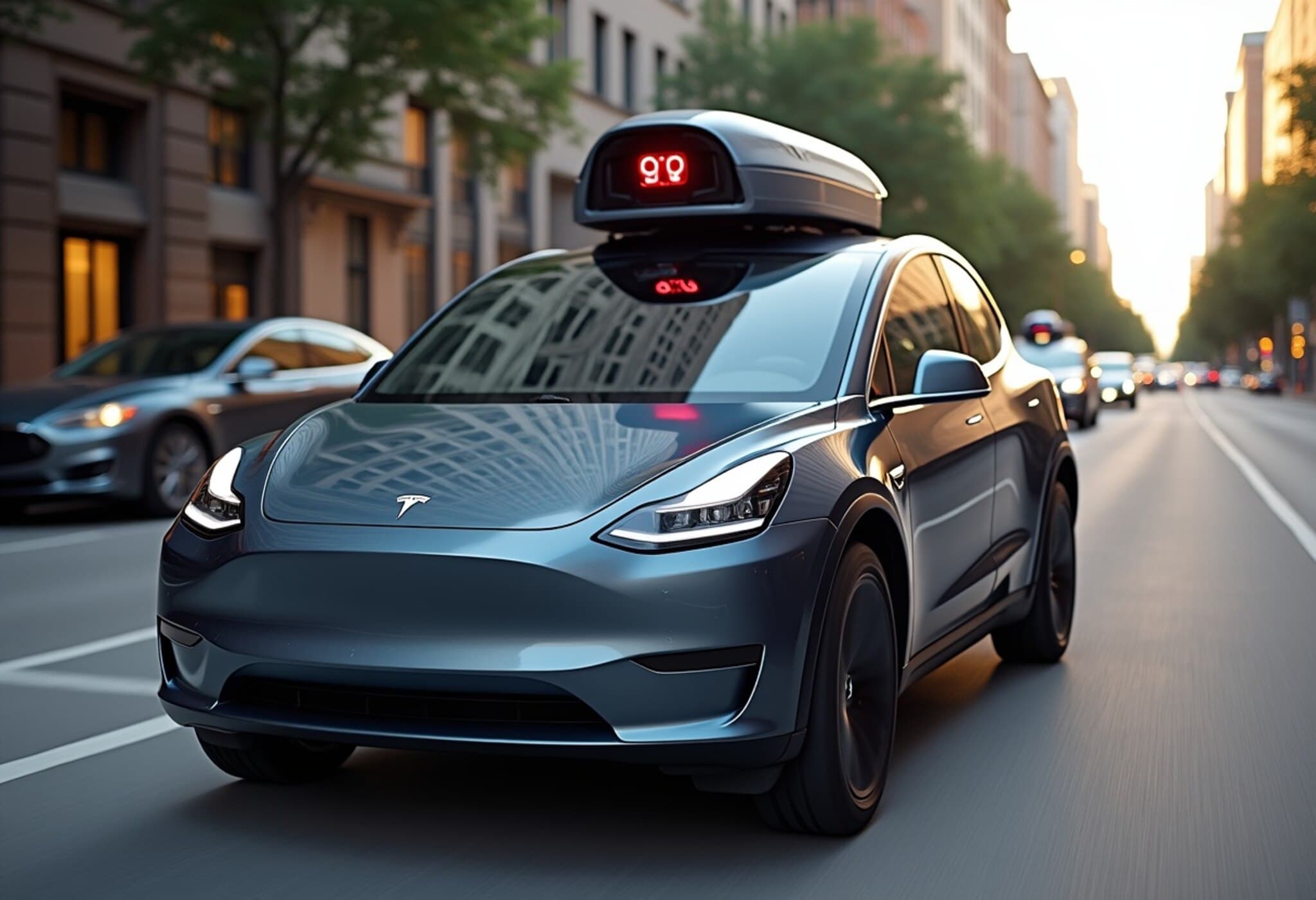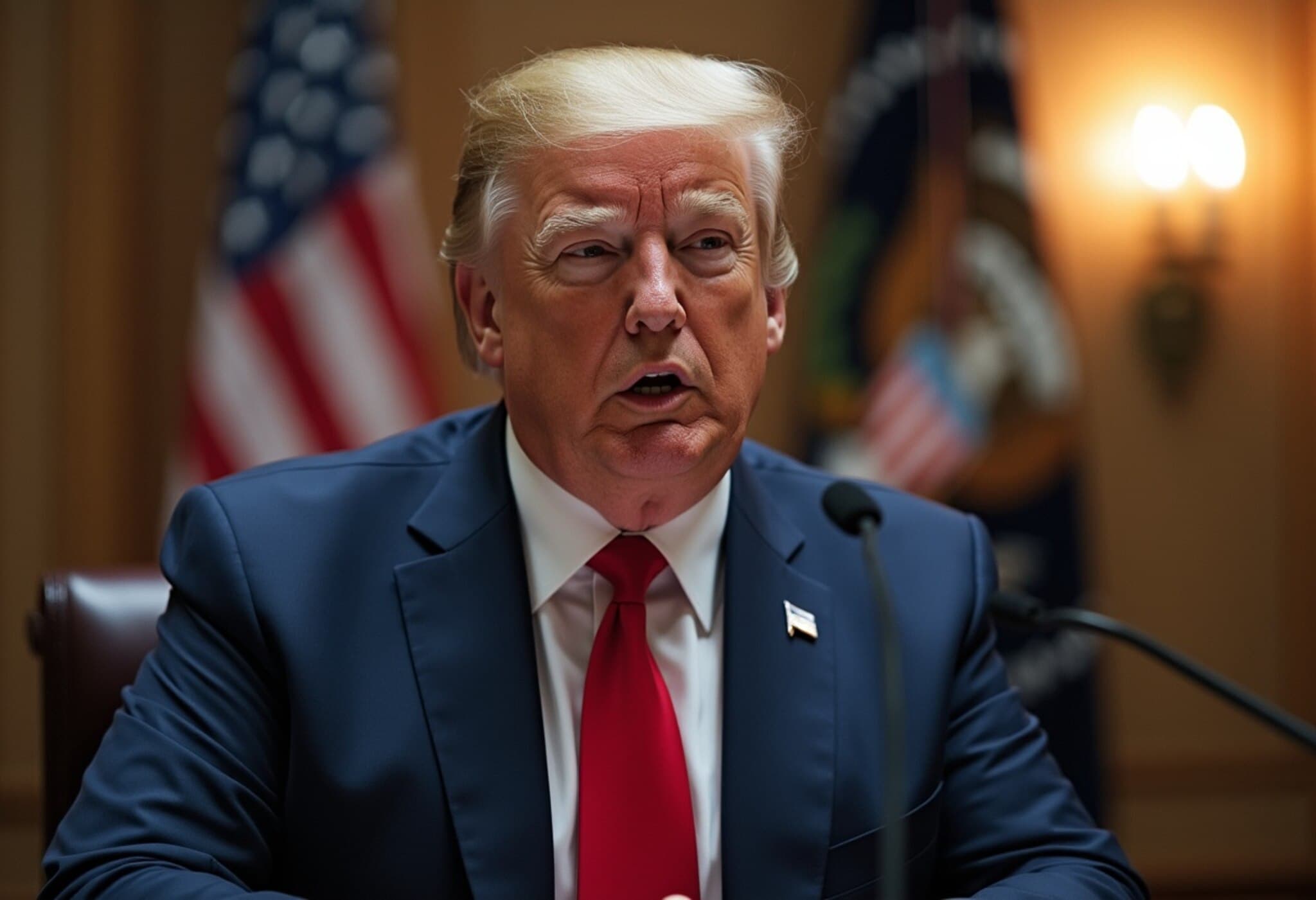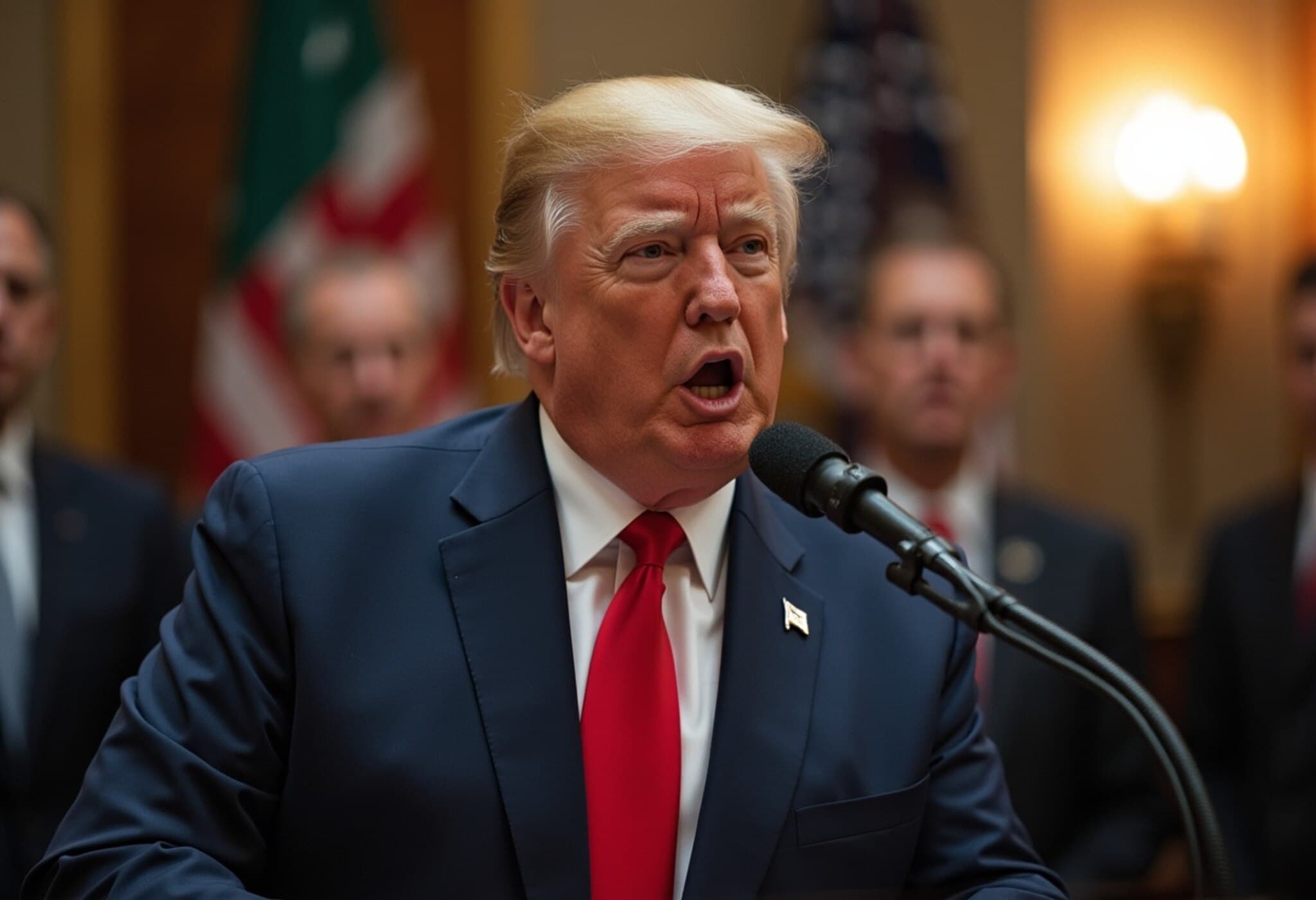Zoox Opens New Production Facility to Expand Robotaxi Fleet
Amazon-owned autonomous vehicle startup Zoox has officially launched a large-scale manufacturing plant in Hayward, California, part of the San Francisco Bay Area. This move is a critical step toward ramping up production of its distinctive robotaxis as the company prepares for a commercial launch later this year.
The new facility currently produces about one robotaxi per day, with plans to steadily increase output over the next year. At full capacity, it aims to manufacture up to 10,000 vehicles annually, equating to roughly three robotaxis per hour. However, the company has not disclosed when it expects to reach this scale.
Zoox CEO Aicha Evans, touring the production floor, noted, "We don't need to crank out a vehicle every minute because we're not selling these things." Instead, the goal is to build enough vehicles to support its upcoming rideshare service.
Projecting Growth: From Pilot to Full Service
Founded over a decade ago and acquired by Amazon, Zoox has been testing its unique, driverless robotaxis in California and Nevada. There are currently several dozen vehicles operating on public roads in Foster City, San Francisco, and Las Vegas.
Evans anticipates that the company will eventually operate between 500 and 1,000 robotaxis in smaller to medium-sized cities where it offers ride-hailing services.
A High-Tech Assembly Line
The expansive Hayward facility, spanning the equivalent of 3.5 football fields, employs a combination of skilled human technicians and robotic systems. Specialized robots handle tasks such as applying adhesives during glass installation and moving vehicles along the assembly line.
Once a robotaxi is built, it undergoes rigorous testing — including sensor calibration, powertrain stress testing at high speeds, and simulated rain exposure to detect any leaks. The vehicle then completes several laps on a nearby test track before it is deemed safe for deployment.
Competing in the Autonomous Ride-Hailing Race
Zoox enters a competitive landscape that includes Waymo, known for operating the only fully public driverless ride-hailing service in the United States. Waymo's network spans cities like Phoenix, San Francisco, Los Angeles, and Austin, providing over 250,000 paid trips weekly.
Despite trailing Waymo in deployment scale, Evans expressed admiration for their progress, highlighting that it validates the entire industry’s efforts to deliver autonomous ride-hailing services.
Meanwhile, Tesla recently started its robotaxi services in Austin, though its timeline remains flexible with safety as a primary focus.
Looking Ahead: Launch Plans and Unique Vehicle Design
Zoox plans to launch public rides in Las Vegas later this year, followed by a rollout in San Francisco in 2026, and expansions into Austin and Miami over subsequent years. Passengers will hail robotaxis through an app, similar to traditional rideshare platforms.
Unlike competitors who retrofit existing vehicles, Zoox has engineered a custom "carriage-style" robotaxi. Notably, these vehicles accommodate up to four passengers seated facing each other with no steering wheel, essentially acting as "high-end computers on wheels," in the words of CEO Evans.
While the development cost for these bespoke vehicles remains high, Zoox expects expenses to fall as production scales up.
Strategic Manufacturing and Supply Chain
The Hayward facility is the first dedicated production site in the U.S. solely for purpose-built robotaxis. The company's supply chain is roughly 50% domestic, with parts also sourced internationally from countries such as China and Italy.
Zoox maintains a separate smaller plant in Fremont, California, where it assembles test fleets of retrofitted vehicles and prepares sensor pods that provide 360-degree vision for their robotaxis.
With around 100 technicians employed at the Hayward plant, Zoox is considering opening additional manufacturing hubs across the U.S. and potentially overseas to support future growth.
Preparing for Public Introduction
Given the robotaxis' unconventional appearance, Zoox has increased its marketing efforts to familiarize the public with the upcoming service. Evans emphasized the importance of making their presence known, "Because the vehicle looks so different, we need to announce ourselves."

